La Dame de Pic is the first London outpost of the growing Pic restaurant empire. It is sister of Dame de Pic in Paris, a one star Michelin restaurant, and there is also the two star Anne-Sophie Pic in Switzerland. At the top of the Pic restaurant empire pyramid is Anne-Sophie Pic’s three star Michelin Pic in Valence, which incidentally had three stars way back in 1933, the first year that Michelin introduced the three star system. Luca Piscazzi is head chef of Dame de Pic in London. He had previously worked at restaurants including Amber, and Pergola for several years, as well as Apsleys. He trained for six months at Pic before moving here.
The dining room is on the ground floor of the Four Seasons hotel in Trinity Square. The room has a very high ceiling and art deco elements to its décor, the tables well spaced and generous in size. You reach the dining area through a spectacular bar area with a striking domed ceiling. The dining room is blissfully quiet, so you can have a conversation easily. Even the chairs are comfortable, something all too often not the case in modern London dining rooms.
On the a la carte menu starters ranged in price from £17 to £26, mains from £32 to £41 and desserts were £14. There was also a tasting menu at £95 and a three-course lunch option at £39. The extensive wine list ran to 46 pages and ranged in price from £38 to £2,850 for the Romanee St Vivant Romanee Conti 2002, whose current market price is £1,440. Given that Pic is in Valence near the Rhone valley wine-growing region, there was an understandably wide selection of wines from that area. The list featured labels such as Zelen Guerila 2015 from Slovenia at £39 for a bottle that you can find in the high street for £13, Cotes du Rhone Domaine du Fontbonau 2012 at £65 compared to its retail price of £18, and Condrieu Les Grands Chailles Domaine de Monteillet 2014 at £89 for a wine that will set you back £37 in a shop. Grander bottles include Domaine de Montille Puligny Montrachet Les Caillerets 2011 at £225 compared to its retail price of £89, and the glorious Guigal La Turque 2000 at £395 for a wine whose current market value is £229.
A series of nibbles arrived as we were looking at the menu. Jerusalem artichokes leaves dusted with grated liquorice were very delicate and the artichoke flavour came through well. Cashew and curry marshmallow was mildly spicy and worked nicely, while a pastis bonbon was technically well made. Finally, cauliflower foam was topped with grated mimoulette cheese and espelette pepper, and was comforting and nicely balanced (16/20 nibbles). Sourdough bread was supplied from an outside bakery, though the plan is eventually to make the bread from scratch in the kitchen. It was served with butter dusted with coffee powder, which is all very innovative but why not offer regular butter as well without the customer having to ask for it?
Crab had been steamed with sobacha tea and rested on a bed of clementine jelly with radish slices and dill panna cotta, crunchy celeriac and mikan (Japanese citrus) jelly. The crab tasted fresh and was free of shell (something far from guaranteed even in starred restaurants), and the gentle acidity of the citrus flavours was a logical counterpoint to the crab. There was quite a lot going on with this dish, and although it worked well I wonder whether it would have been even better if it had fewer elements (15/20).
I preferred Scottish langoustine tails that had been seared in shellfish butter and served with heirloom carrots and a bouillon that had been infused with pine tree buds and geranium. The shellfish were sweet and beautifully tender, the carrots good and the bouillon subtle in flavour, so did not distract from the lovely langoustines (17/20). A berlingot is a boiled sweet in Provence, but the term here is used for a pasta parcel in the same triangular shape. This is a signature dish in the mothership Pic, though the preparation here was a little different. In the London version a lightly smoked cheese called Pelardon is used as the filling in the pasta parcels, and served with mushrooms, tonka bean and voatsiperifery pepper (a prized Madagascar wild pepper). The mushrooms were excellent and the cheese filling very good, though the pasta was a touch denser than I recall from the version at Pic (16/20).
Mackerel was cooked on a teppanyaki iron griddle and served with baby leeks, Xeres vinegar and matcha dashi sauce. On a side plate was a salad of baby potatues and pickled mackerel. The fish was line-caught and had excellent flavour, tasting very fresh. The vinegar nicely cut through the oiliness of the fish and the matcha flavour was mercifully restrained (16/20).
Challans chicken had been marinated in sake before cooking, and was served with hispi cabbage, diced razor clams, sauce supreme and a lemon sauce. The chicken was precisely cooked and had lovely flavour and crisp skin. Eating a chicken that actually tastes of chicken is a real pleasure, but one that is rare indeed these days in the UK. The razor clams were very tender and the sauce was subtle, with just the right level of acidity (17/20).
A “Vacherin” dessert made with sencha (Japanese green tea) came with grapefruit and crisp hibiscus meringue flavoured with geranium roast, an essential oil that has a rose-like aroma. This tasted better than it sounds, the meringue delicate and the sharpness of the grapefruit coming through more strongly than the green tea, somewhat to my relief (15/20). Valrhona guanaja (a single origin, 70% cocao content dark chocolate) mousse came with pine tree buds and beeswax panna cotta. This was certainly an exotic set of flavours, but the chocolate remained the principal taste element, the honey flavour of the panna cotta a pleasant complement to the chocolate (15/20). Petit fours were very good, in particular a coffee sphere containing a gorgeous filling of mango, passion fruit and mandarin. For me the coffee was a touch grainy and did not add anything, but the filling was impressive. Also good was a little coconut cheesecake.
The coffee was a well-established Austrian brand called Julius Meinl, and was good. Service was headed by a manager who used to work at Umu and was very slick, especially given that the restaurant had only been open a week or so. Our waiter, Pasquale, was excellent, and turned out to be a graduate of the prestigious Les Roches hospitality school in Switzerland. They have clearly been taking no chances with the recruitment of waiting staff here: the service operation felt to me as if it had been running for years rather than a few days. The bill came to £131 a head, of which the food element was £70, with a bottle of excellent German Riesling and a glass of dessert wine.
Overall La Dame de Pic, even in its first few days, is already producing sophisticated dishes that show a highly developed kitchen technique. The ingredient quality was shown nicely in the excellent langoustines and chicken, and my main caveat is that some of the dishes seemed to be trying a bit too hard in terms of complexity and the number of flavour elements they were combining. Nonetheless, these elaborate dishes worked well, and the level of cooking here is clearly of a high standard, particularly by comparison with many Michelin-starred restaurants in London. Combined with the slick service and elegant dining room, I imagine that the formula will prove popular.
Further reviews: 14th Oct 2021 | 29th Jul 2021



































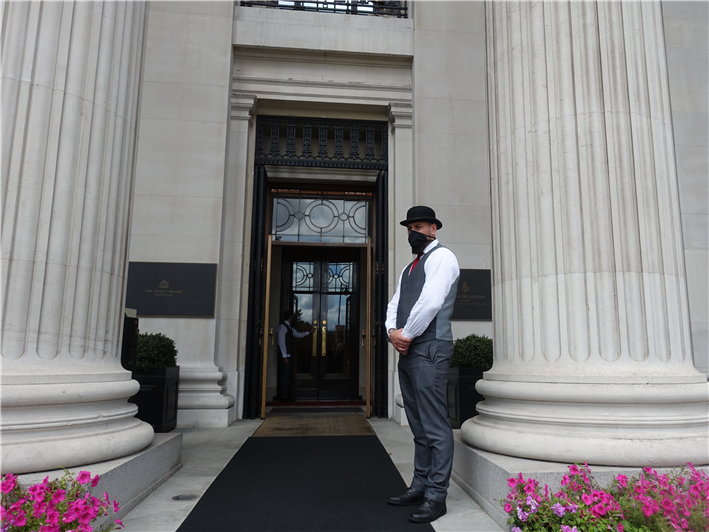
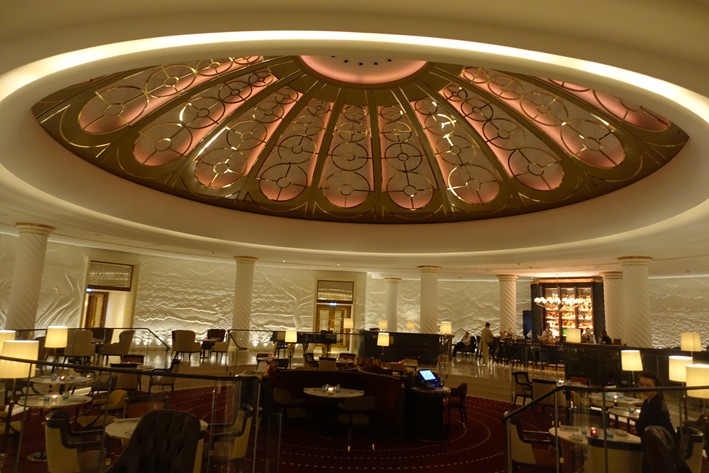

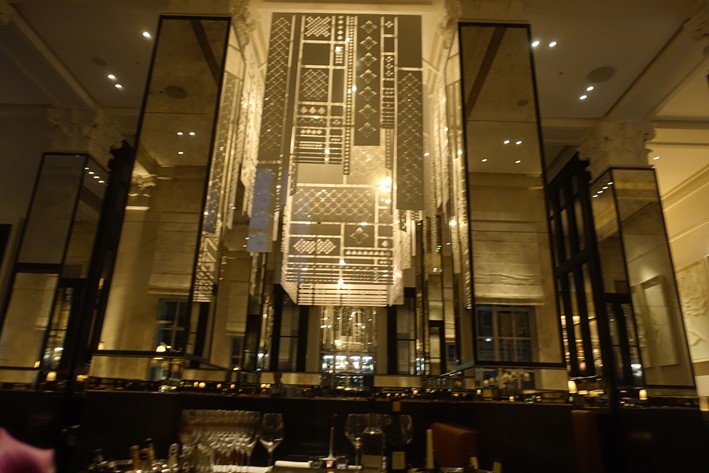
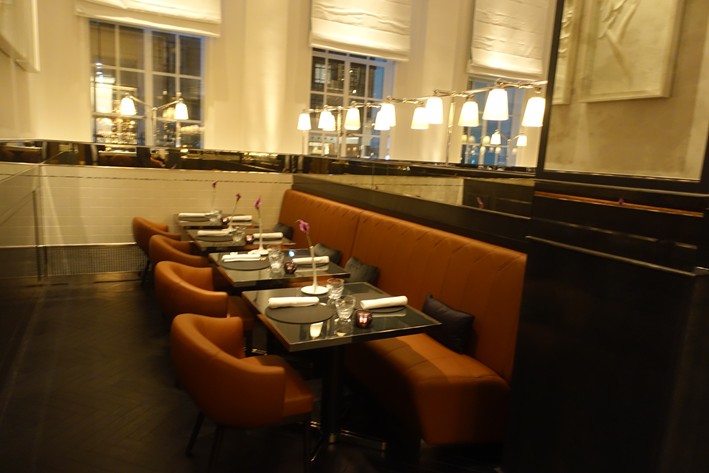
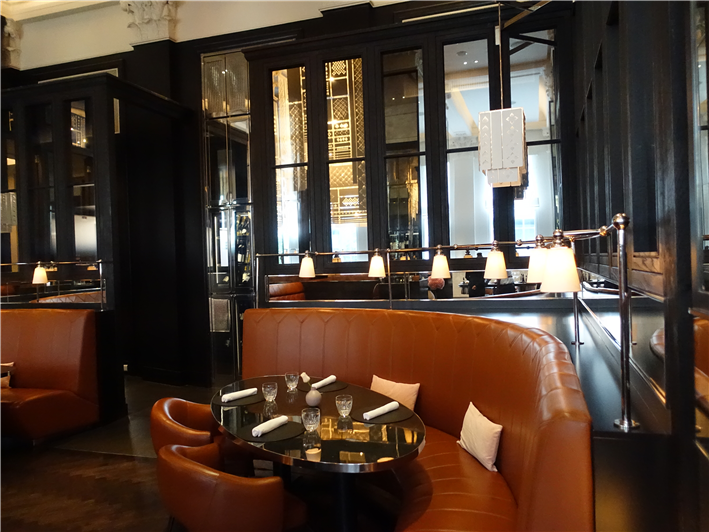
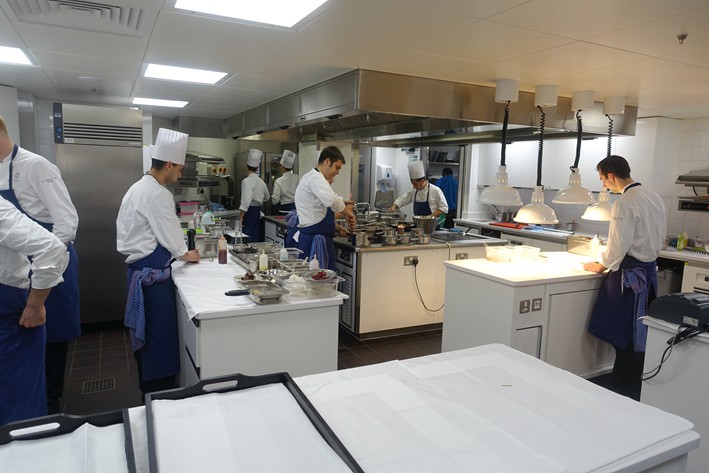
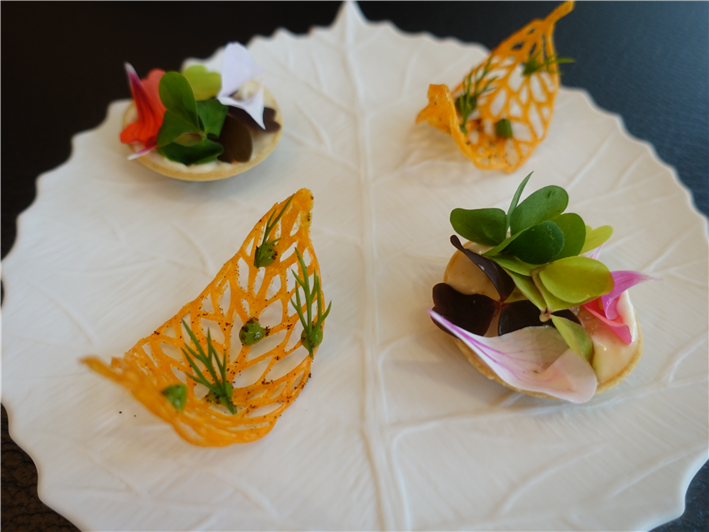
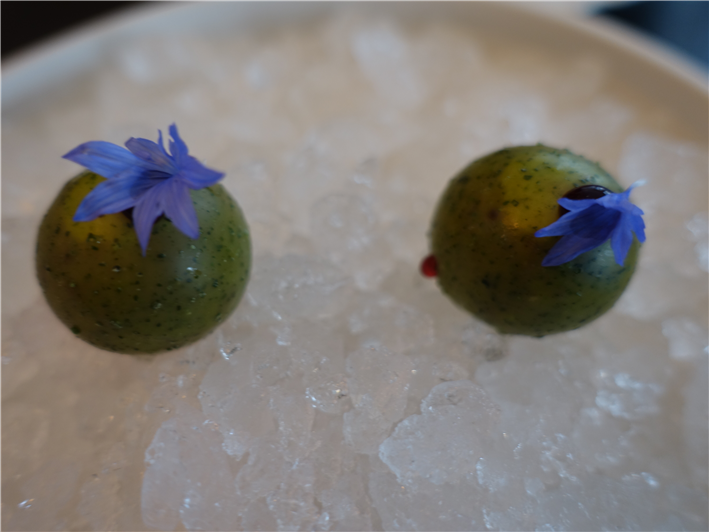

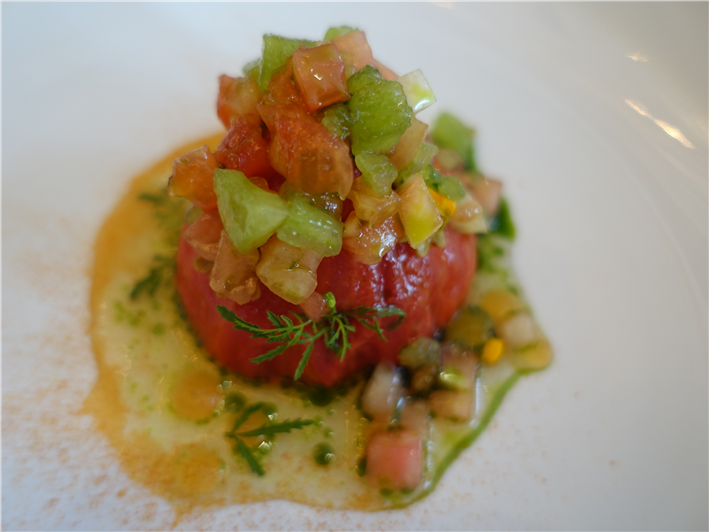
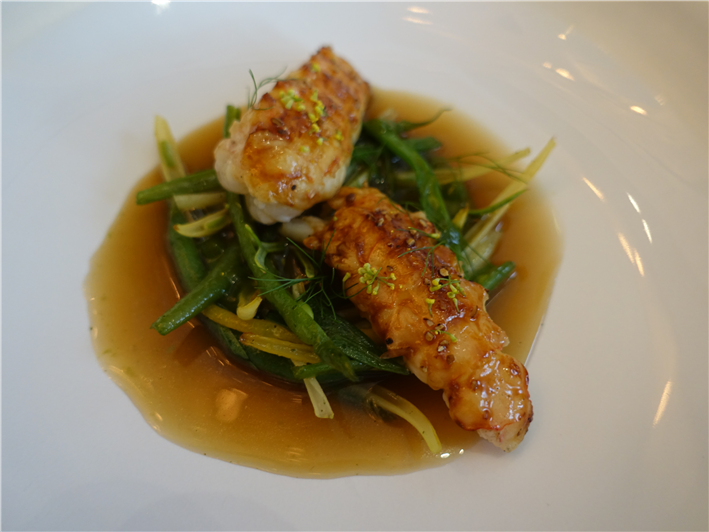
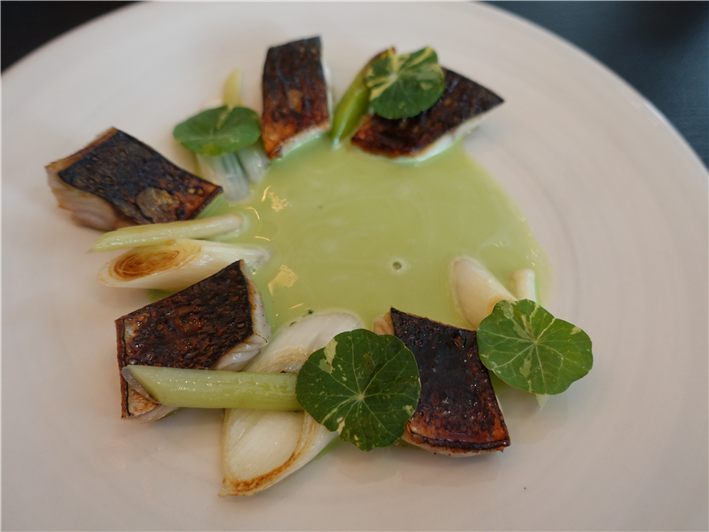





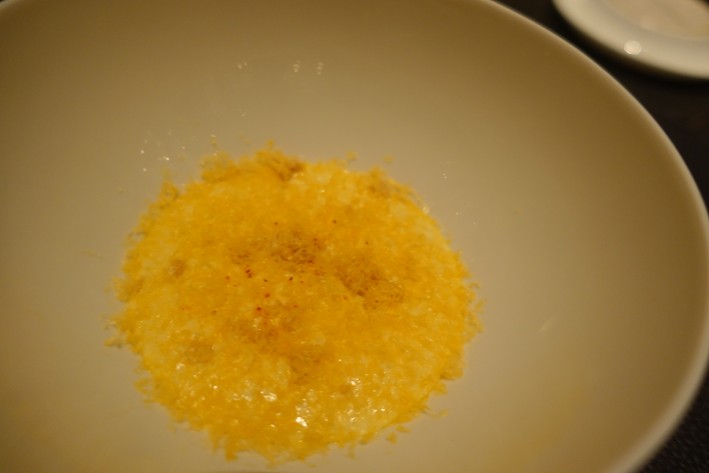

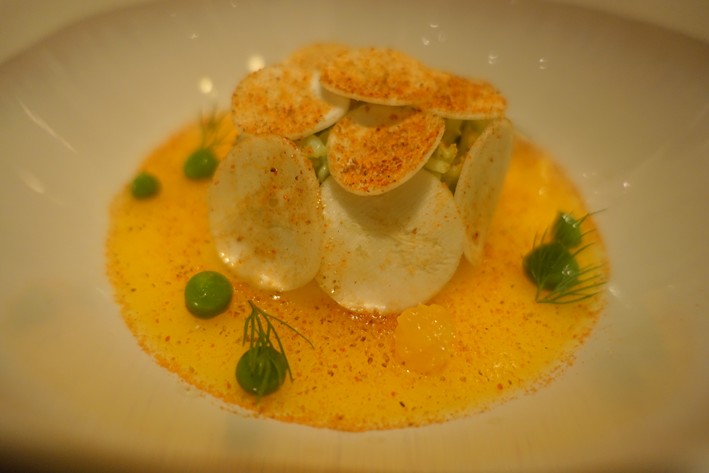


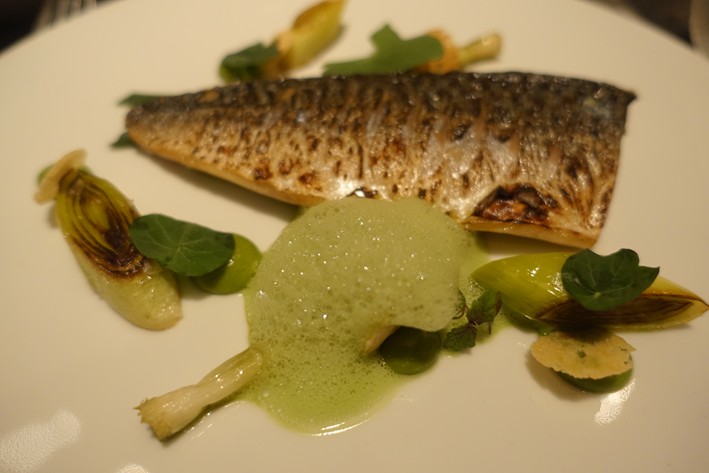
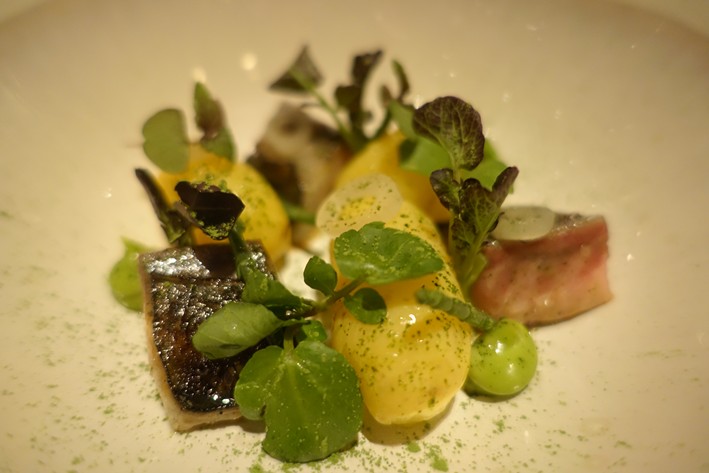
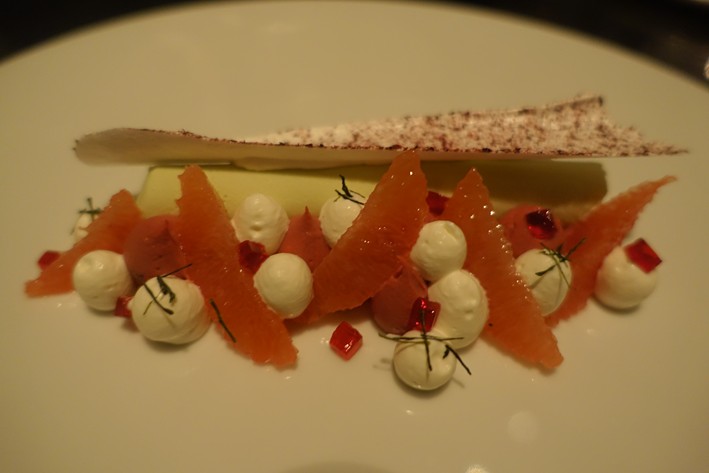
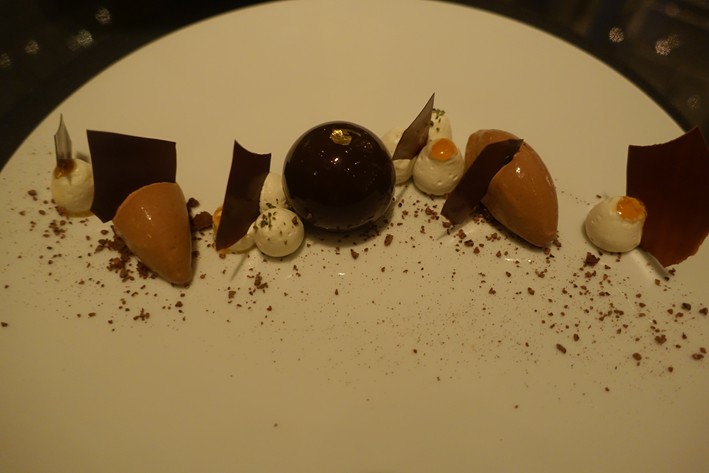
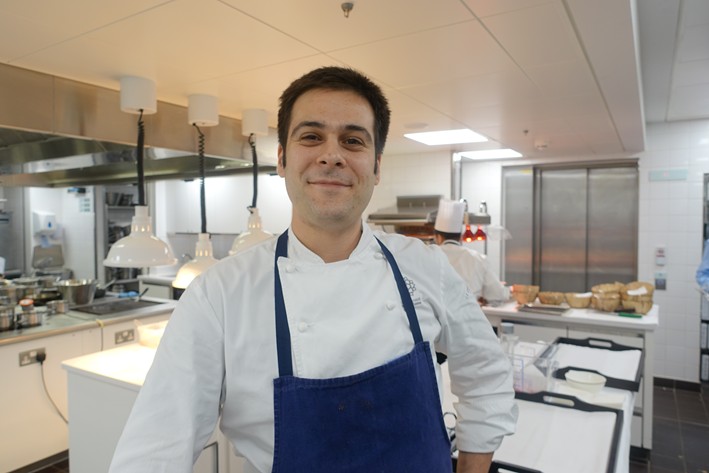

Add a comment
Thank you for submitting your comment, this will be checked and added to the website very soon.
User comments